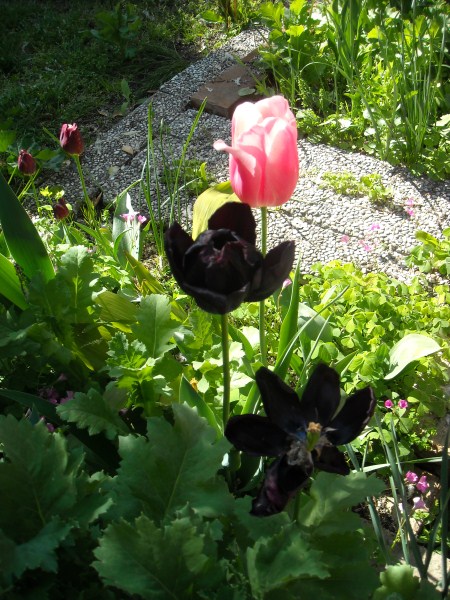

The tulip it is definitely a flower elegant that with its multicolored colors embellishes the flower beds of the gardens, the terraces and the window sills.
Characteristics of tulips
THE tulips or tulipa are bulbous plants, belonging to the Liliacee family.
The aerial part of the bulb has leathery, elongated, intense green leaves carried by green and erect stems. The flower, formed by six equal petals, unique for each plant, can be of different monochromatic, mottled or deep purple shades.

Blooming tulips
The tulips bloom from March to May.
Cultivation of tulips
Exposure
THE tulips they prefer sunny places sheltered from the wind.
Read also: Spathodea campanulata – African tulip tree
Ground
The bulbs of these plants love slightly humid soils, rich in organic matter and well drained.
Watering
It needs periodic watering and only if the soil is completely dry to avoid rotting of the bulbs.
Fertilization
From the vegetative restart fertilize with specific fertilizer for flowering plants.
Multiplication of tulips
Tulips propagate by separation of cloves which must be stored in dry places untilplant autumnal.
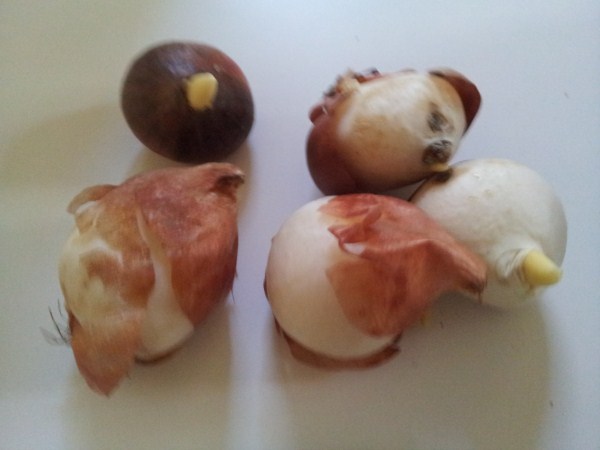
How to plant the bulbs
The planting of tulip bulbs is carried out in autumn with the apex facing upwards in holes about 15 cm deep and at an average distance of 20 cm from each other. Insights: Planting of tulips
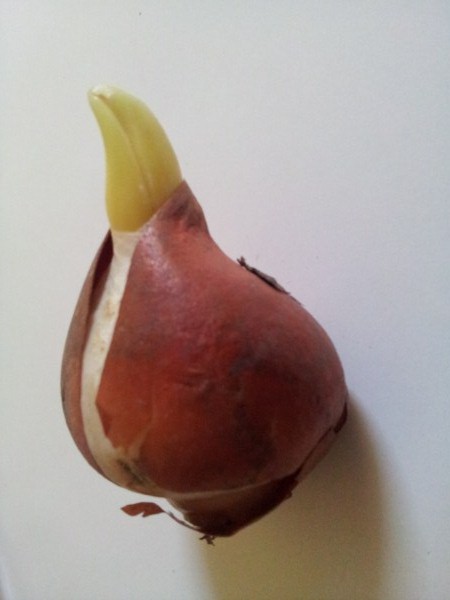
The right time to plant is autumn and preferably in November.

You may be interested: Green Bonus 2020 for gardens and terraces
Repotting of tulips
The tulips grown in pots need containers with a diameter greater than that of the previous year and new soil preferably of a universal type rich in organic substance.
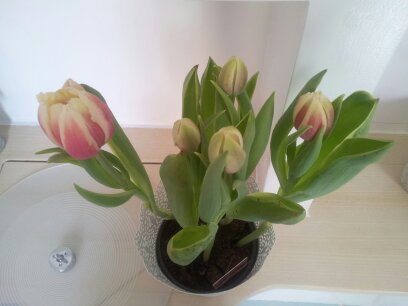
Diseases, pests and treatments
Tulips fear the rot radical caused by waterlogging and diseases caused by insects such as the beetle and yours larvae.
Curiosities about tulips
It is the national flower of Turkey.
Tulipa poisonous flowers?
If ingested, the tulip causes gastroenteritis, difficulty breathing, sweating and vomiting. These side effects are due to the principles such as alkaloids, tupalanine and tupolysides.
Poisonous tulips for cats and dogs?
They are also dangerous for pets such as cats and dogs.
Among the symptoms of poisoning we can highlight: drool, vomiting and diarrhea.

Flower language and meaning
In the language of flowers, the tulip takes on a different meaning based on the color:
- Yellow tulip – symbolizes desperate love
- Red tulip indicates the declaration of love
- Purple tulip: indicates modesty
- Black tulip: indicates tolerance

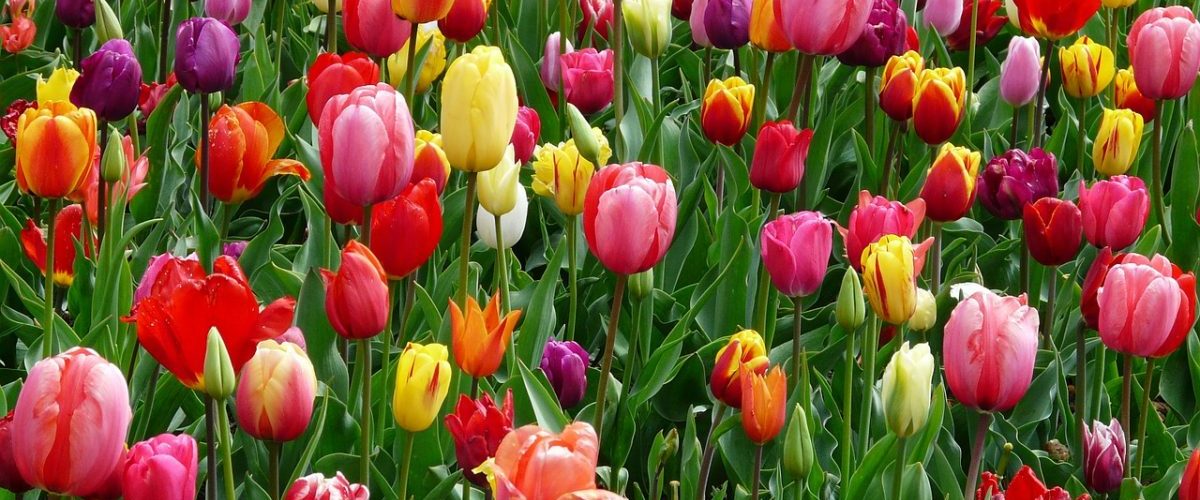

Add comment